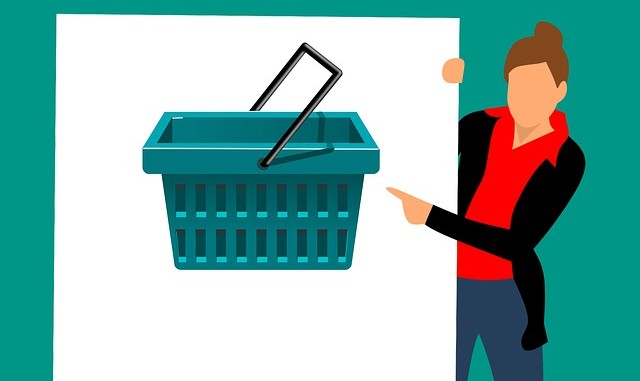
4 Steps to Lower Your Shopping Cart Abandonment Rate
Photo Credit: By mohamed_hassan on Pixabay. CC0 license.
The shoppers are on your site, they are interested in the product, but the design of your shopping cart is causing you to lose many if not most of your customers. Sound familiar? It should.
The shoppers are on your site, they are interested in the product, but the design of your shopping cart is causing you to lose many if not most of your customers. Sound familiar? It should.
Recent research indicates that the average e-commerce site is losing near 75 percent of its shoppers during shopping cart phase of a transaction. While that statistic is probably influenced upward by a few terrible websites, the fact remains that most sites are losing huge numbers of customers by not focusing on their shopping cart. Fortunately, by taking a few relatively minor steps, you can vastly decrease your shopping cart abandonment rate.
Fewer Steps are Better
This mantra is as old as e-commerce itself. By forcing your customers to go through multiple pages you will assuredly see some attrition. You should ask yourself, is all the information I am collecting absolutely necessary? Is there another configuration that would reduce the number of steps my customers will face? Surprisingly, however, this is probably the last step that you should take. Unless your process is particularly laborious, empirical studies indicate that this will likely affect your attrition minimally for the cost and effort required. So, I am not saying not to reduce your checkout steps, but only that you should prioritize the other steps above this one.
Progress Indicators
In both e-commerce and brick and mortars, the single biggest inhibitor to conversions is uncertainty. This is certainly easy to imagine when you consider some brick and mortar examples. BestBuy stores have transitioned to a single line for all of their cashiers rather than having customers pick a cashier to line up in front of. Why? The answer is simple, uncertainty hurts conversion rates. Humans have an instinctual desire to know what is coming ahead. By including a progress indicator at each and every step of the checkout process you will see some remarkable increases in customer retention. Even if you have a 10 step checkout process, letting customers know where they are along the process will ensure a much greater number of completions.

Pictures, Pictures, Pictures
Shoppers respond to sensory stimulation. People like to take things off the shelf and inspect them. Because that option isn’t available for e-commerce sites, you need to compensate for this deficiency as best as possible. One way to ensure better conversions is to include pictures not only in the store but also in the cart. Shoppers, especially those new to e-commerce want to verify and re-verify that they have made the correct choice.
Photo Credit: Bygeralt on Pixabay. CC0 License.
Many of these customers are lost if you force them to use their browsers back buttons to do so. By placing a picture of the item to be purchased within the shopping cart, much of this need is alleviated, meaning lower abandonment for you.
Provide Total Cost Estimates Early
One of the most overlooked concerns of customers is their distrust of e-commerce sites when it comes to shipping. Maybe it’s the years of telemarketers selling garbage products for close to nothing and then making their profit on the shipping. Whatever the reason, it is important to allay fears of hidden costs as soon as possible by providing your users with a total cost estimate earlier rather than later. Is there something to be said for bringing the customer in with a low-ball lead price? Yes. But after the leader it is important to let customers know what they are really paying as early as possible so as to give a few moments to acclimate to the increase.


